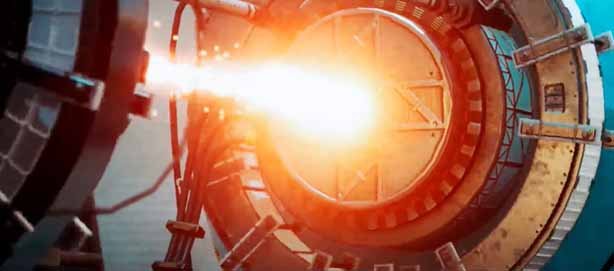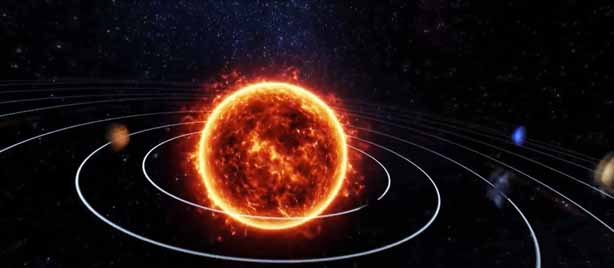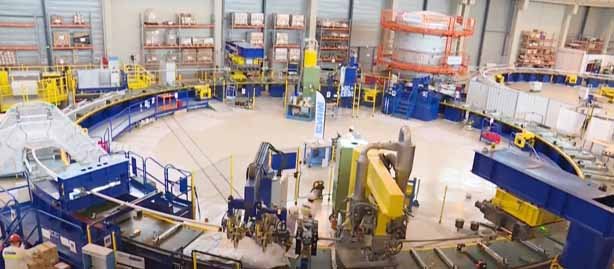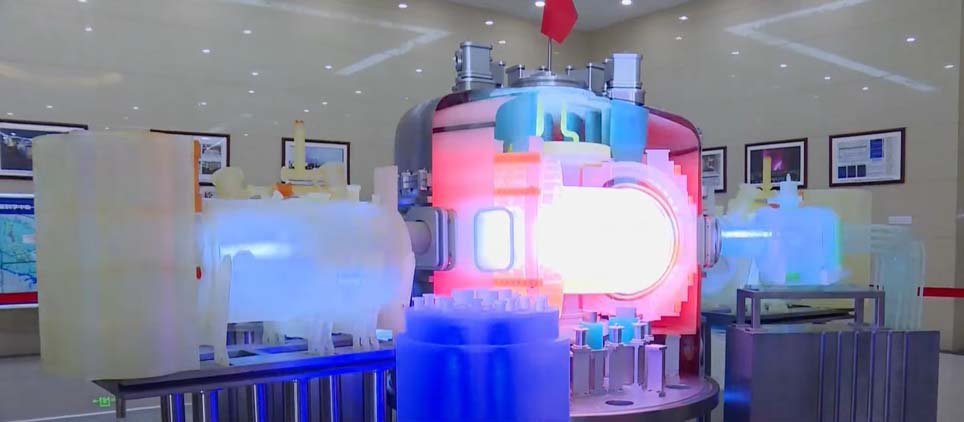Published: January 22, 2025
In what can only be regarded as a tremendous achievement, China has created history with its “artificial sun.” The Experimental Advanced Superconducting Tokamak (EAST) has successfully sustained a nuclear fusion reaction for 1,066 seconds, generating a continuous loop of plasma that reached temperatures over 100 million degrees Celsius—several times hotter than the core of our sun. This innovation is more than just a technical triumph; it’s a beacon of hope in the ongoing hunt for clean, renewable energy sources. According to a report by Xinhua News, this new record surpasses the previous one set in 2023, when EAST held plasma constant for 403 seconds, and it moves humanity one step closer to unlocking the potential of nuclear fusion energy (Xinhua News).
What is Nuclear Fusion and Why Does It Matter So Much?
At its core, nuclear fusion is the process that fuels the sun. It’s the fusion of atomic nuclei under great pressure and heat to liberate an enormous quantity of energy. On Earth, scientists have dreamed for decades of imitating this process to create a limitless source of clean energy. The challenge has always been to govern the reaction. Fusion necessitates maintaining very high temperatures—up to 100 million degrees Celsius—while keeping the plasma stable. According to a report by The Sun, this record-breaking performance might pave the way for future breakthroughs in energy generation, giving a clean and sustainable alternative to fossil fuels (The Sun).

China’s Role in the Race to Harness Fusion Power
While many countries are working on nuclear fusion, China is undoubtedly creating a reputation for itself as a pioneer in the industry. The EAST project, located at the Institute of Plasma Physics in Hefei, is part of China’s ambitious objective to develop fusion as a feasible energy source. The country has poured vast money into fusion research, and it’s starting to pay dividends. According to The Diplomat, this win is not just a question of national pride but might possibly revolutionize the global energy climate (The Diplomat).
What’s particularly noteworthy is that China is completing fusion milestones faster than many other countries. Although the U.S., Japan, and the European Union are also making gains, according to a report by Wall Street Journal, China’s potential to sustain longer plasma reactions and achieve bigger temperatures could give it a competitive edge in the global fusion race (Wall Street Journal).
Why This Breakthrough Means So Much to All of Us
When we talk about nuclear fusion, we’re talking about more than simply science. We’re talking about the future of our world. If fusion energy can be harnessed efficiently, it promises a nearly infinite supply of power, with no dangerous greenhouse gases or long-lasting radioactive waste. Fusion energy would not only decrease our dependence on fossil fuels, but it could also bring clean energy to every corner of the globe—especially in countries that struggle to access reliable power. According to The Diplomat, China’s latest breakthrough is a critical element of its desire of achieving carbon neutrality by 2060, and it might play a pivotal role in the global battle to fight climate change (The Diplomat).
For many of us, the concept of a clean, sustainable future fueled by fusion creates a sense of hope. The promise of this technology is not only a scientific marvel but a lifeline for our biosphere. We know that the clock is ticking when it comes to cutting emissions and preventing irreversible damage to our planet. But fusion—if it can be scaled up—could give us the opportunity to rewrite the future and protect the Earth for future generations.

A Glimpse into the Future: Environmental and Economic Impacts
Imagine a world where energy is abundant, clean, and affordable. That’s what fusion promises. The environmental benefits are hard to ignore: fusion doesn’t produce the destructive emissions that contribute to global warming, nor does it leave behind deadly waste. If fusion becomes mainstream, it could dramatically lower the carbon footprint and potentially make fossil fuels a thing of the past. According to a report by Xinhua News, China’s concentration on fusion energy is a significant component of its commitment to cutting emissions and battling climate change (Xinhua News).
But fusion energy isn’t just wonderful for the planet—it may also inspire enormous economic growth. The development and implementation of fusion technology might provide thousands of employment and lead to new sectors centered on fusion power generation. While the early costs are substantial, the long-term rewards are great. According to Wall Street Journal, the potential for fusion to slash energy costs and transform how we power our cities, homes, and industries is something that we can’t afford to neglect (Wall Street Journal).
Challenges and the Road Ahead
Despite this historic success, we can’t disregard the path ahead. There are still substantial hurdles in introducing fusion to the mainstream. Plasma stability, reactor lifespan, and materials that can endure the tremendous heat within fusion reactors need to be improved. According to Wall Street Journal, these barriers are not trivial, but they’re not insurmountable either. The advancements happening at sites like EAST offer a glimmer of optimism that fusion energy might one day be a reality. If we keep pushing forward and continue to invest in research and technology, fusion could become the answer to our energy challenges.

Conclusion: Hope for a Clean, Sustainable Future
In the grand scheme of things, China’s achievement is more than just a technical victory. It’s a spark of optimism for the future of energy—a future when clean, sustainable power is no longer a faraway dream but a very real prospect. If fusion technology continues to progress and overcome the difficulties that lie ahead, it could revolutionize the world as we know it. The fusion race is still on, but with China leading the push, we’re one step closer to a brighter, more sustainable world.
Related Video: (Video Link)
Sources
- The Sun
- Xinhua News
- The Diplomat
- Wall Street Journal

